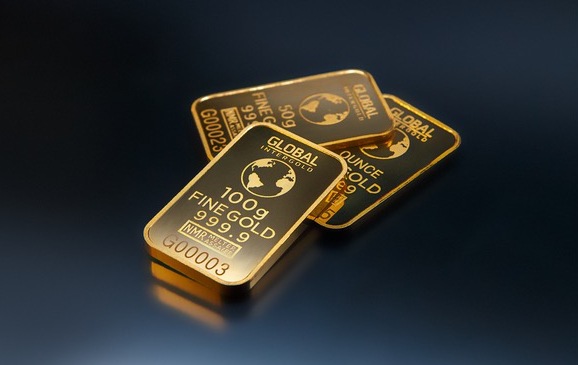Gold is a precious metal that bridges old and new, myth and science. It is an excellent diversifier for your portfolio, and it offers a variety of investment methods. These include physical bullion, Exchange-traded funds (ETFs), and mutual funds. Also, you can invest in stocks of companies that mine gold or license the rights to extract it at a mining site.
Physical gold
If inflation is making your savings less valuable, you can increase your purchasing power by investing in physical gold. This precious metal is used for many purposes, including jewelry, dentistry, aerospace, medicine and investment. It is also a popular asset for diversifying a portfolio. However, incorporating gold into your investments requires a combination of knowledge and strategy. Click on how to invest in gold for more info.
It is important to diversify your portfolio with different gold investment options and to avoid speculating in volatile markets. Also, remember that storage, insurance and management fees will eat into your returns. Additionally, if you invest in physical gold, you may be exposed to counterparty risk since it’s not in your control. This risk can erode the value of your investment. Investors who prefer a paper gold investment should consider Gold Exchange Traded Funds (ETFs). They track the price of gold but don’t hold physical metals.
Exchange-traded funds (ETFs)
Gold ETFs and mutual funds are the easiest ways for investors to get exposure to the precious metal. These investments are based on the current price of gold, and they are less volatile than physical bullion. However, they have their own risks, including high fees and storage costs. For larger investors, there are also options for buying and selling futures contracts, which give you the right (but not the obligation) to buy or sell gold at a certain price for a specified period of time.
Another option is to invest in the companies that mine and produce gold. This allows you to profit from a rising gold price while diversifying your portfolio. In addition, some companies offer gold certificates, which are notes that prove ownership of a certain amount of the metal.
Mutual funds
Many investors turn to gold to hedge against economic turmoil, but it’s important to weigh the benefits and risks of this investment. The best way to invest in physical gold is by buying bullion or coins. These investments are easy to purchase and sell, and they offer a low-cost entry into the market. However, they can be a riskier alternative to stocks because they are leveraged and can move up and down more quickly than the overall market.
Investors also have the option to buy a mutual fund that invests in gold-related assets, such as stocks in gold mining companies. These funds offer a lower level of risk than owning physical gold and can diversify your portfolio. However, they do have management fees and expenses.
Stocks in gold mining companies
Investing in gold stocks can be a way to diversify your portfolio, but it’s important to research these companies carefully. Gold mining companies often operate in a high-risk industry, and their stock prices may react to factors outside of the price of gold. These stocks also tend to be more volatile than the underlying metal, and they can be difficult to sell at any time.
ETFs and mutual funds that hold gold can provide greater sector diversification and lower risk than individual gold mining stocks. They may also offer more liquidity than physical bullion and be easier to purchase (although most advisors recommend limiting your exposure to 10% of your total portfolio). For the adventurous investor, there are even options for trading gold futures and options, though these are considered speculative investments.
Gold certificates
Gold certificates are paper assets that are backed by a specified amount of gold. They were once circulated as currency but are now traded on the market like stocks, allowing investors to avoid transportation and storage costs.

Gold mining companies also offer ways to invest in gold without owning physical metals. These funds track the price of gold and carry some risk, but they can also yield dividends.
However, it is important to note that gold certificates are often unallocated and therefore subject to the same risk as stock certificates of a bankrupt company. They also do not provide a convenient way to monitor one’s investment. Instead, a more efficient way to invest in precious metals is by buying bars and coins. They are also more liquid and have lower bid-ask spreads.